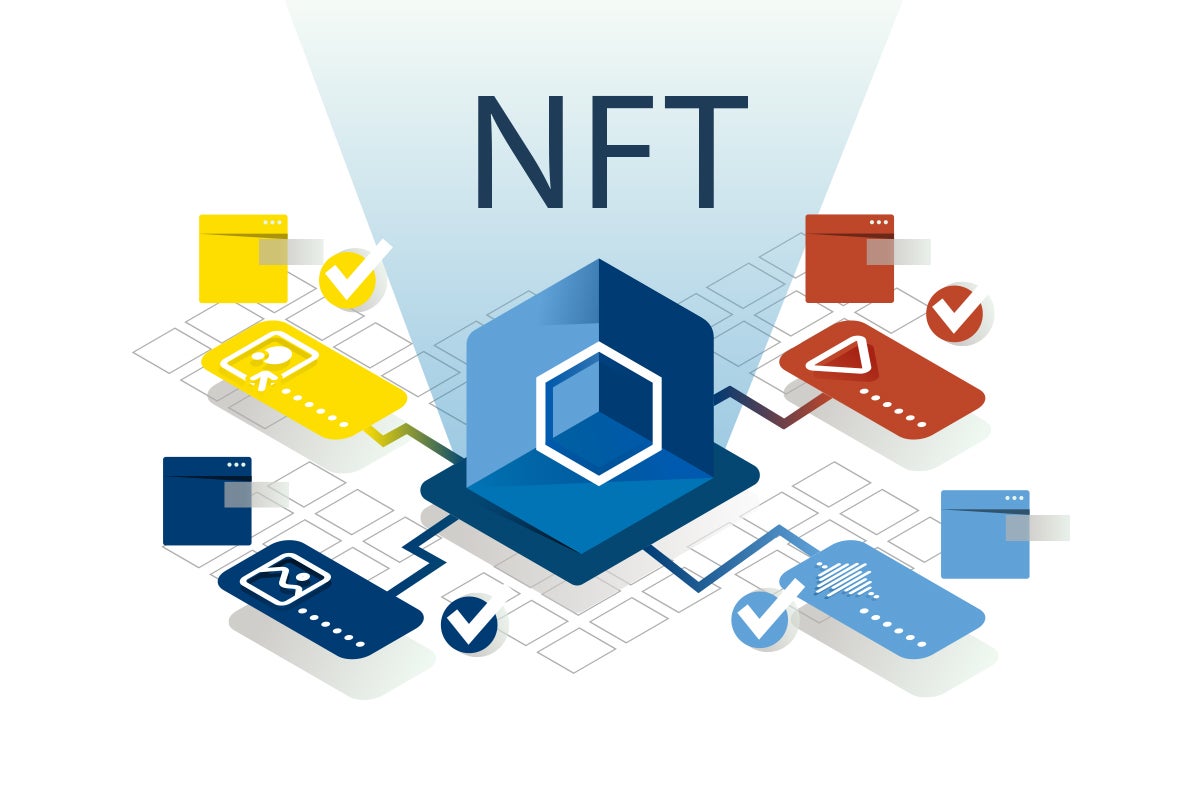NFT Marketplace
- Our Products
- NFT Marketplace
What is NFT Marketplace?
An NFT marketplace is a platform that allows individuals to buy, sell, and trade non-fungible tokens (NFTs). NFTs are digital assets that are unique and cannot be replicated or replaced, unlike traditional cryptocurrencies or other digital assets. They are typically used to represent ownership of digital art, collectibles, music, and other types of digital content.
In an NFT marketplace, users can browse and purchase NFTs using cryptocurrency, such as Ethereum. The marketplace typically lists the NFTs for sale and provides information such as the price, the creator, the rarity, and the authenticity of the NFT. Some marketplaces also allow users to create and sell their own NFTs, through a process called "minting".
NFT marketplaces have grown in popularity in recent years, due to the growing interest in digital art and collectibles. They provide a way for creators to monetize their digital creations, and for collectors to own and trade unique digital assets. Some of the popular NFT marketplaces are OpenSea, Rarible, SuperRare, KnownOrigin and many more.
Get in Touch
How does NFT Marketplace Work ?
An NFT marketplace typically operates by allowing users to buy, sell, and trade non-fungible tokens (NFTs) using cryptocurrency, such as Ethereum. The process of buying, selling and trading NFTs on a marketplace can be broken down into several steps:
Listing: Creators or current owners can list their NFTs for sale on the marketplace. They provide information such as the price, the rarity, and the authenticity of the NFT. They also provide the smart contract address of the NFT on the blockchain.
Browsing and Purchasing: Users can browse the marketplace and view the available NFTs. They can also filter the NFTs based on different criteria such as price, creator, or rarity. Once they find an NFT they want to purchase, they can make an offer or buy it outright using cryptocurrency.
Smart contract execution: Once the purchase is complete, the smart contract associated with the NFT is executed, transferring the ownership of the NFT from the previous owner to the new owner. The smart contract also records the transaction on the blockchain, making it publicly visible and unchangeable.
Trading: Once the NFT is owned by a user, it can be traded again in the future with other users on the marketplace. The process is similar to purchasing, the smart contract will execute the transfer of ownership from one user to another.

Smart
We use smart and concise codes to fulfill your IT requirements

Reusable
Our coding is reusable just in case you want something more out of it

Beautiful
Using the perfect coding, we create wonder IT products for you

Stable
We use effective coding strategies that will keep your web apps stable
Software Technologies We Use
















What We are Offering?
NFT Listing: Creators or current owners can list their NFTs for sale on the marketplace. They provide information such as the price, the rarity, and the authenticity of the NFT. They also provide the smart contract address of the NFT on the blockchain.
Browsing and Purchasing: Users can browse the marketplace and view the available NFTs. They can also filter the NFTs based on different criteria such as price, creator, or rarity. Once they find an NFT they want to purchase, they can make an offer or buy it outright using cryptocurrency.
Smart contract execution: Once the purchase is complete, the smart contract associated with the NFT is executed, transferring the ownership of the NFT from the previous owner to the new owner. The smart contract also records the transaction on the blockchain, making it publicly visible and unchangeable.
Trading: Once the NFT is owned by a user, it can be traded again in the future with other users on the marketplace. The process is similar to purchasing, the smart contract will execute the transfer of ownership from one user to another.
User profiles and wallet integration: Most marketplaces include user profiles where users can view their transactions and NFTs they own. Some marketplaces also have integrated wallet functionalities, enabling users to manage their cryptocurrency and make transactions within the marketplace.
Search and Discovery: Some marketplaces have advanced search and discovery features that allow users to find NFTs by keywords, tags, categories or by following specific creators.
Reselling: Some platforms allow users to resell their NFTs to others, this means that the ownership of NFTs can change multiple times.
Secondary marketplaces: Some platforms have secondary marketplaces where users can buy and sell NFTs that are already owned.
Minting: Some marketplaces allow users to mint their own unique NFTs and sell them on the marketplace.
NFT Metadata: Some marketplaces allow creators to add metadata to their NFTs, which can include information such as the creator's name, the date of creation, and a description of the NFT.


